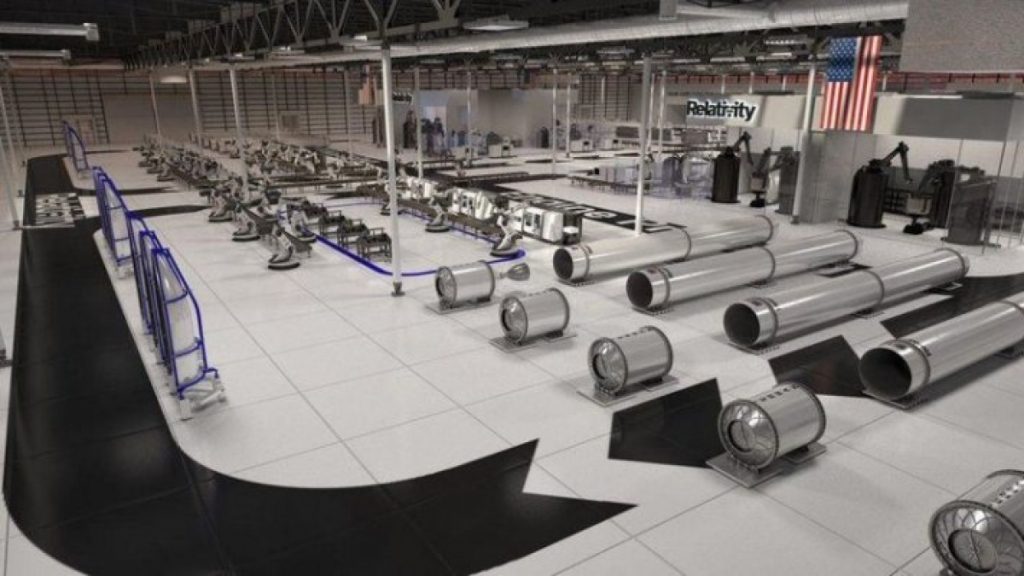Relativity Area has bagged its first public government agreement, and with a major defense professional at that. The launch start-up’s 3D-printed rockets are a terrific match for an especially complex objective Lockheed is undertaking for NASA’s Tipping Point program
The mission is a test of a dozen various cryogenic fluid management systems, consisting of liquid hydrogen, which is an extremely difficult substance to deal with undoubtedly. The tests will occur on a single craft in orbit, which means it will be a particularly made complex one to design and accommodate.
The payload itself and its cryogenic systems will be developed and constructed by Lockheed and their partners at NASA, of course, but the business will require to work closely with its launch service provider throughout development and particularly in the leadup to the actual launch.
Relativity founder and CEO Tim Ellis explained that the business’s approach of 3D printing the whole rocket top to bottom is particularly well matched for this.
” We’re building a custom payload fairing that has specific payload packing interfaces they need, custom-made fittings and adapters,” he said. “It still needs to be smooth, obviously– to a lay individual it will look like a typical rocket,” he added.
Every fairing (the external part of the launch car covering the payload) is necessarily custom, however this one far more so. The special of having a dozen cryogenic operations being filled up and evaluated until moments before launch necessitates a number of adjustments that, in other days, would lead to an enormous boost in producing intricacy.
” If you take a look at the manufacturing tools being utilized today, they’re not much various from the last 60 years,” Ellis discussed. “It’s fixed tooling, huge makers that look impressive but only make one shape or one thing that’s been developed by hand. And it’ll take 12-24 months to make it.”
Not so with Relativity.
” With our 3D-printed method we can print the whole fairing in under 30 days,” Ellis said. Even though the mission is 3 years out, there will always be last-minute modifications as you get closer to introduce, and we can accommodate that.
Ellis was delighted about the opportunity to publicly take on a mission with such a major professional.
The company will be going to the area prior to then, however, if all continues to go according to plan.
The NASA Tipping Point program that is money Lockheed with an $897 million agreement for this experiment is one planned to, as its name shows, help tip promising technologies over the edge into commercial practicality. With numerous millions awarded yearly for companies pursuing things like lunar hoppers and robotic arms, it’s a bit like the agency’s endeavor fund.
